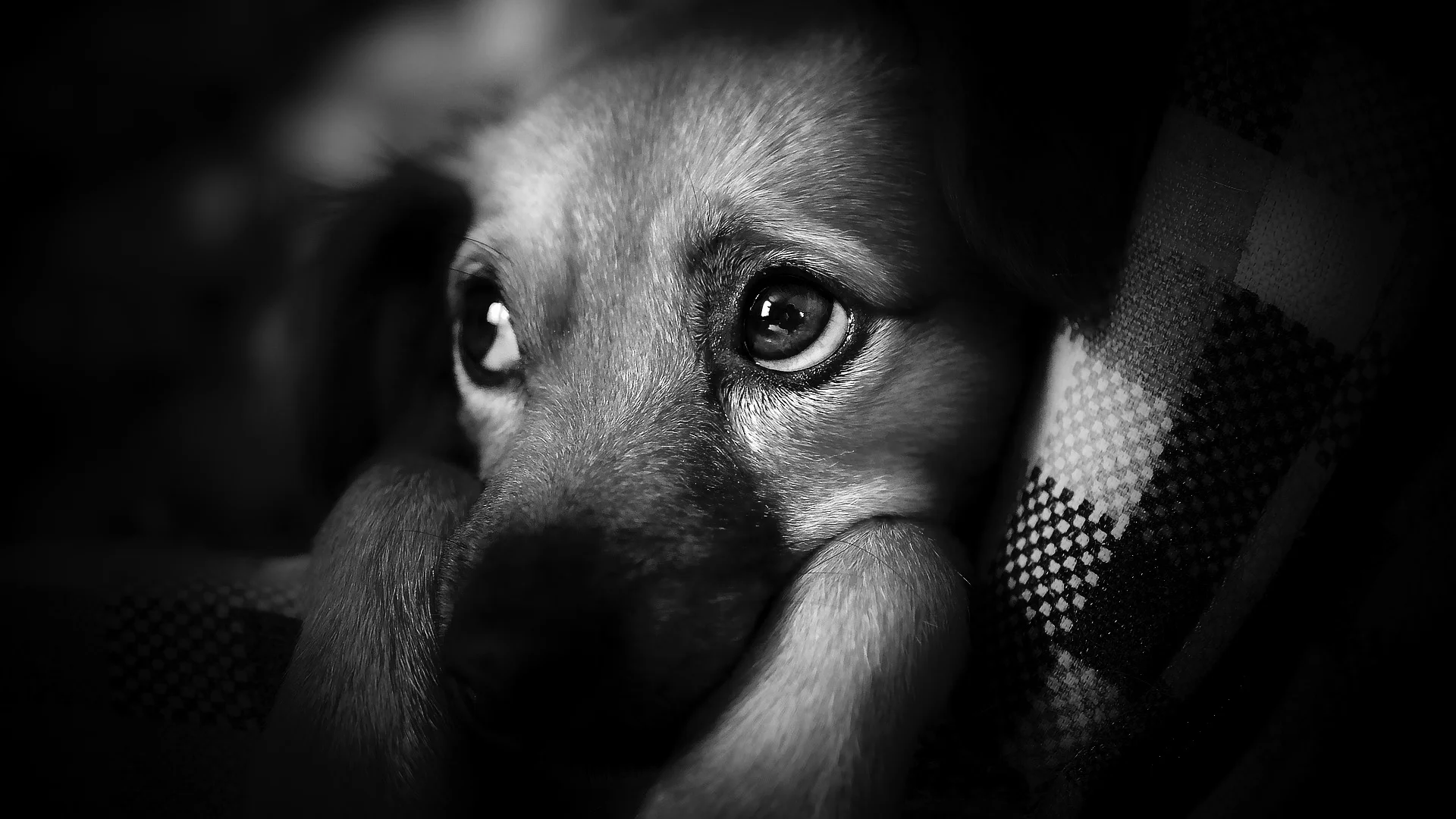Polar bears are finished.
There, I’ve said it. Let the cries of heresy begin.
It’s Polar Bear Day today, and I say: If not today, when?
Optimists say we still have time to reverse the trend, but look around. Never mind the “pretty words,” as Greta Thunberg calls them: Who is actually working to reverse the trend?
The remarkable thing about scientists’ climate predictions over the past 25 years or so is that, if anything, they’ve proven too conservative. The science is in, and while it would be easy — and right — to say it was obvious all along, the reality is there are still those climate deniers who dismiss the growing alarm as yet more handwringing and pearl-clutching, even as the winters grow darker and colder and summers hotter and more prone to fires.
Oh, and did I mention? The polar ice is melting.
This is a big deal for polar bears, as anyone with even a basic knowledge of Arctic bears’ habits knows apex predators that size need a lot of food energy to survive minus-50°C temperatures in early spring, when mothers with newborn cubs emerge from their winter snow dens. Polar bears eat seals, but they need the ice to get to the seals, and that ice is disappearing. Seals aren’t faring too well, either, owing to changes in the ocean currents that are robbing seals of their favoured fish food. Life below zero is not what it was.
We knew this, of course, even if deep down we couldn’t produce the science to prove it to the skeptics — those skeptics willing enough to consider the facts in the first place.
Last summer scientists predicted most polar bear populations would disappear by 2100, with all but a few surviving a collective reproductive failure as early as 2040.
Troubling, but still vague. Vague enough that a climate-denying skeptic could accuse scientists of being serial doomsayers hoping to cash in on gullible donors.
Now, a review article published in the peer-reviewed Journal of Experimental Biology has honed in on science data that shows precisely how much ice has disappeared, at what rate, and how that affects bear physiology in mathematical terms.
Sea ice has dwindled 13% every decade since 1979. This matters because polar bears, physiologically evolved to use as little energy as possible in the Arctic cold, are “sit and wait” hunters, adapted to grabbing seals at breathing holes in the ice. Seals are vital to the bears’ survival because their blubber is rich in the fat bears need to survive the cold. Polar bears now swim an average three days to find seals. That’s a lot of energy.
Polar bears are not suited to foraging on land. Even a moron can figure out that the contents of a garbage dump are unlikely to provide sufficient nourishment for an apex predator that needs rich, calorie-high food to survive, but it’s not as simple as saying, ‘Let them forage in the wilderness like other bears.’
According to the researchers, “A polar bear would need to consume (about) 1.5 caribou, 37 Arctic char, 74 snow geese, 216 snow goose eggs (ie 54 nests with four eggs per clutch) or 3 million available crowberries to equal the digestible energy in the blubber of one adult ringed seal.”
And that just ain’t gonna happen.
This new study is instructive because it takes a simple and irrefutable idea — calculating the energetic cost of the loss of sea ice to apex predators like polar bears and narwhals — we can foretell the probable consequences to their reproduction rate and long-term odds for survival long before we see actual evidence of their declining numbers.
Food for thought.





